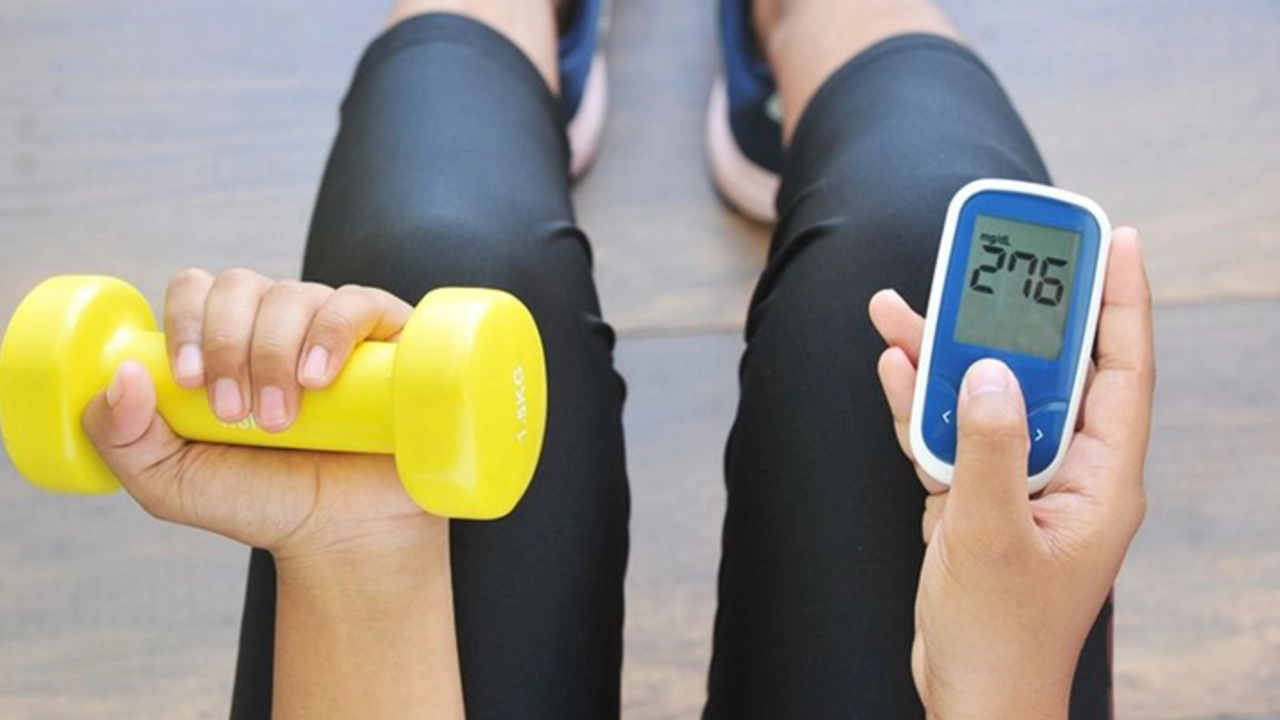Physical Activity: Safe Exercise When You’re on Medication
Want to be more active but worried your meds might get in the way? Good news: exercise helps almost every chronic condition—if you do it smart. This guide gives straightforward, practical tips so you can gain benefits without creating risks.
Why movement matters (and what to watch for)
Regular activity lowers blood pressure, improves blood sugar control, raises good cholesterol, and helps breathing for people with lung disease. For example, 150 minutes a week of moderate aerobic exercise plus two strength sessions is a simple, proven target. But some drugs change how your body reacts: diuretics can cause dehydration and cramps; statins and some newer cholesterol meds can raise muscle pain risk; beta blockers blunt heart rate, so you may need to track effort by how you feel not just BPM. If you have COPD or pulmonary hypertension, breathing problems can limit intensity—start low and build up.
Before you begin, ask your prescriber if any of your medications need special precautions during exercise. If you take insulin or sulfonylureas, check blood sugar before and after activity and carry a fast source of sugar. If you use inhalers for asthma or COPD, use your rescue or pre-exercise inhaler 10–15 minutes before activity to reduce shortness of breath.
Practical plan and safety steps
Start simple: three 10–20 minute walks a day add up. Aim to increase one parameter at a time: time, frequency, or intensity. Add two short strength sessions each week—bodyweight moves or bands work fine. Warm up for 5–10 minutes and cool down to prevent dizziness, especially if you take blood pressure meds that can cause orthostatic hypotension.
Use perceived exertion (how hard it feels) if medications change heart rate response. On a 1–10 scale, aim for 4–6 for moderate work. Watch for warning signs: chest pain, fainting, sudden severe shortness of breath, irregular fast heartbeat, or lightheadedness after standing. Stop and call your clinician if these happen.
For people with lung disease: do shorter intervals with rest (walk 3 minutes, rest 1). Practice pursed-lip breathing to ease exertion. Pulmonary rehab or a supervised program can speed progress and teach safe pacing.
For people with heart disease or recent surgery: start under medical guidance. Cardiac rehab gives tailored exercise, monitors meds and symptoms, and adjusts intensity safely.
Small adjustments make a big difference: carry water if you’re on diuretics, check creatine kinase with new muscle pain on statins, and adjust carbs or insulin timing for diabetes. Keep a simple log of activity, symptoms, and meds so conversations with your doctor are clearer.
Want a quick starter week? Walk 10 minutes daily days 1–3, 15 minutes days 4–6, add one 20–30 minute walk and one light strength session in week 2. Increase gradually and ask your clinician about specific drug-related limits.
Staying active while on medications is doable. With common-sense tweaks and basic monitoring, exercise becomes a powerful tool to feel better and reduce long-term risks.

The Benefits of Regular Physical Activity for Diabetics
As a diabetic, I've found that engaging in regular physical activity has greatly improved my overall health and well-being. By staying active, I've been able to maintain better blood sugar control and reduce the risk of diabetes-related complications. Additionally, physical activity has helped me lose weight, lower my blood pressure, and elevate my mood. I've also noticed that regular exercise has increased my energy levels and improved my sleep patterns. Overall, incorporating physical activity into my daily routine has been a game-changer in managing my diabetes and enhancing my quality of life.
Read More




